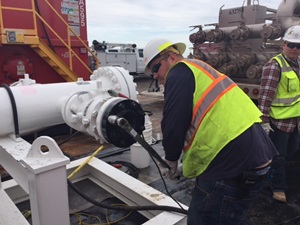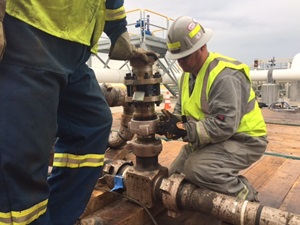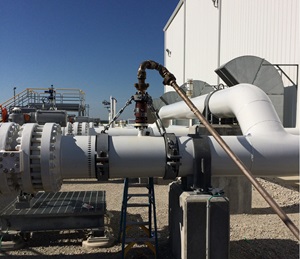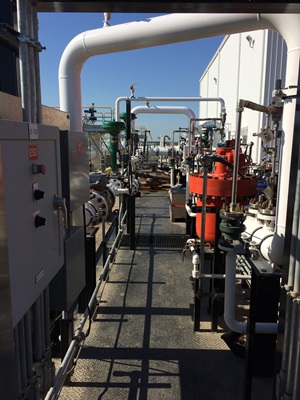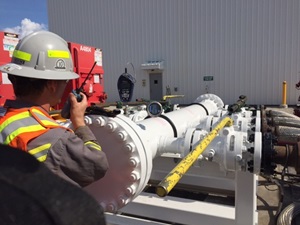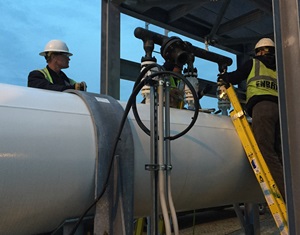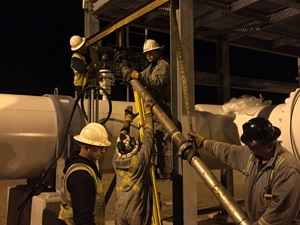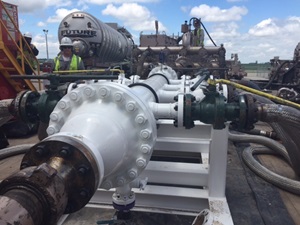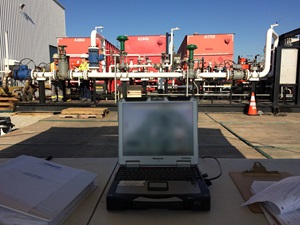‘Blind tests’ that help keep eyes wide open: Data, Detection and Diligence (Part 2)
Regular ‘side-streaming’ simulation events test our pipeline leak detection capabilities
When it comes to preventing pipeline incidents at Enbridge, we want to be over-prepared.
And to do it, we sometimes fly under the radar.
In Part 1 of our Data, Detection and Diligence series on the @enbridge blog channel, we explored Enbridge’s program of regularly scheduled fluid withdrawals—the highest-profile method of testing the leak detection systems along our crude oil pipeline network.
But we also bolster that program with unannounced fluid withdrawal tests, a practice known as “side-streaming,” at various points along our system.
“Side-streaming is basically a blind test. The main difference between the two programs is that we mask these side-streaming activities using our computerized control systems like SCADA and the PLC,” says Tina Kilback, a senior project manager with Enbridge’s Pipeline Control Systems and Leak Detection division.
“We want to make sure our processes are robust, and people are ready to handle a pipeline incident, should it ever occur,” she adds. “This is a way to continuously improve without an incident occurring.”
Safety is the very foundation of our business at Enbridge, and our multi-pronged approach to pipeline safety includes prevention methods such as:
- Rigorous design and construction standards;
- 24/7/365, system-wide monitoring;
- An ultra-high-tech inspection program that regularly examines our pipes, inside and out;
- Remotely controlled isolation valves; and
- Robust pipeline maintenance, including cathodic protection and interior cleaning of pipes.
Image gallery: Enbridge's Fluid Withdrawal Test (FWT) program
Leak detection adds another layer of safety. And four times a year, as part of a program that’s evolved over several years, Enbridge’s leak detection personnel choose a point on our pipeline network for a “side-streaming” operation.
With no advance warning to the Pipeline Control Center operator or the leak detection analyst assigned to that particular section of our pipeline network, we redirect the flow of oil from the pipeline into Enbridge’s existing tankage to simulate a spill.
“We want to see if our leak detection system will alarm as it’s supposed to, and if we can identify any assessment areas that could be improved,” says Kilback.
“If everything goes to plan, that’s great. And if it doesn’t, if things aren’t 100% clear on certain processes, then we can refine the procedures, clarify things to the operator, or provide more training to the analyst.”
Over the past five years, as part of our company’s ongoing commitment to safety, Enbridge’s Leak Detection team has conducted a total of 75 fluid withdrawal tests—either skid-based or side streaming activities—at 21 locations across our North American pipeline network.
Check out our previous instalments of the Data, Detection and Diligence series:
Part 1: A ‘hands-on’ leak detection method
Check back with the @enbridge blog channel for future instalments of our Data, Detection and Diligence series.



